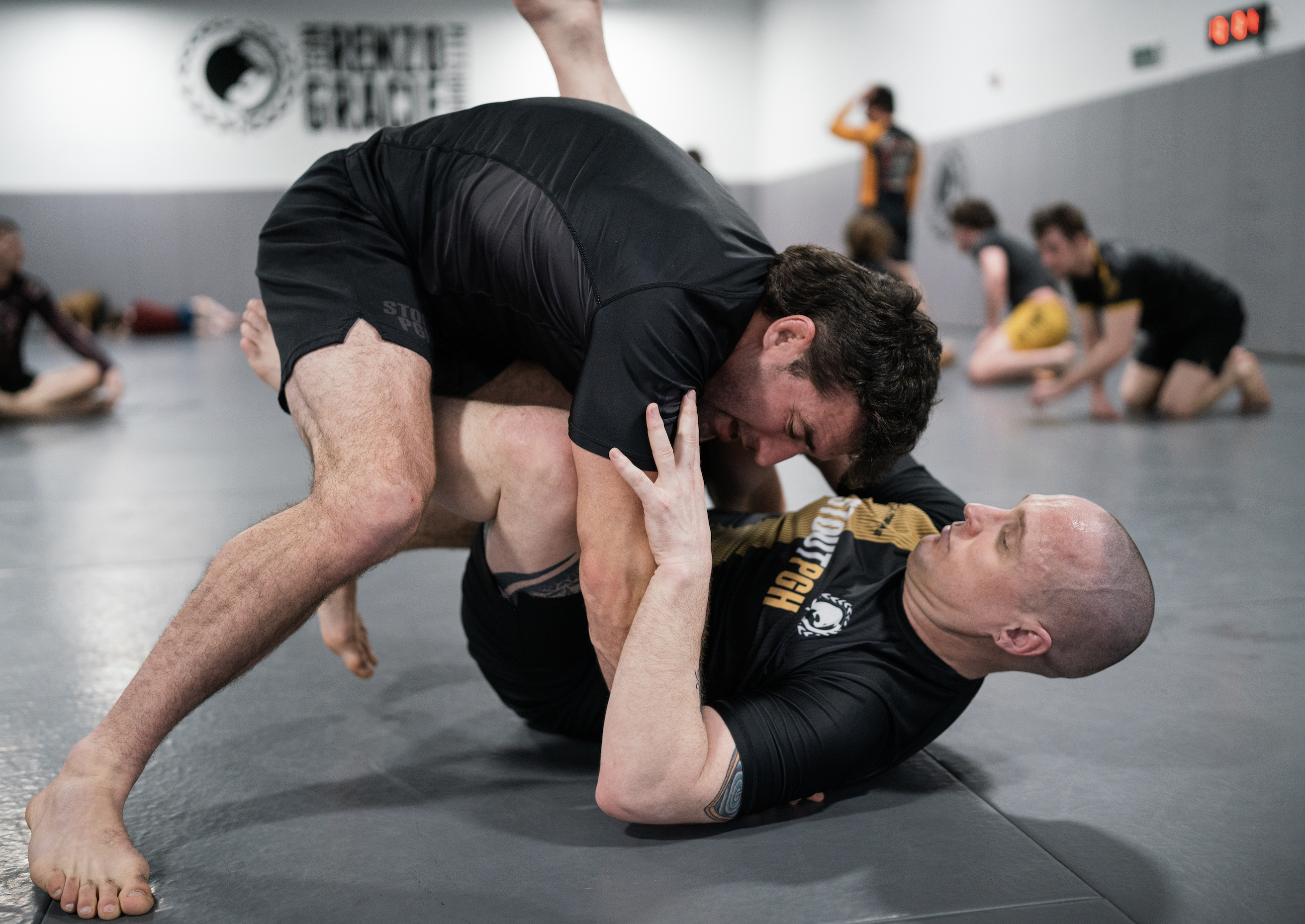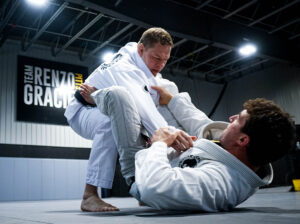
My Take on the “Organic” Learning Approach In Combat Sports

While mastering a novel technique or position can be valuable and give some success in the short term. And of creating a coherent system that works for you is important to mastery. Learning foundational movement patterns and principals is important. Attitudes of learning and quality of training partners is an important factor in how much mastery a person gains. A sometimes overlooked determinant of how far a practitioner’s skill will progress over a long period is the methods used for learning and skill acquisition. I’m going to talk about this through the perspective of grappling although I think the ideas I’m going to try to clarify are applicable to other types of fighting arts.
What is currently being called the organic approach is where a certain outcome or position is defined, usually in terms of general principals, and practitioners are put in situations to discover paths and methods of achieving the outcome without explicit step by step instructions. It is usually practiced in a competitive or semi-competitive environment. This approach is based on the idea that combat sports are very complex and even the most explicit instructions cannot account for the complexity of situations, especially in situations where opponents’ options for reaction are many and not yet constrained. There is also bound up in the idea of the “organic approach” that beginners have difficulty learning individual techniques because they lack a larger context in which to connect the technique. An example of this type of training in grappling that most practitioners have tried is starting in back control with the goal of getting a rear naked strangle. They might be told the principals of using arms to cut off blood supply and maybe using locked hands and then put to train live (sparring) from this position.
There are degrees and differences with which this is applied. For the example above the instructor could give more or less instruction and of course most practitioners bring some previous knowledge whether that knowledge came from formal instruction or from watching WWE as a kid or UFC fights for example. A purist in this approach is Greg Souders. He did a good podcast detailing his methods on “The Sonny Brown Breakdown”. His approach is very interesting since he seems to get results for beginners and non-beginners and since he claims only to use the “organic learning method”. Full disclosure I”m not really familiar with him and cannot vouch for any success or failure of his teaching.
There are three great coaches who I am familiar with who use something from this method although they are certainly do not use it exclusively. First is Sergei Belaglazov. He is a two time olympic freestyle wrestling champion, widely considered among the few greatest freestyle wrestlers of all time. Years ago he was coaching a practice I was at. He showed finishes to a head inside single takedown and told us to drill the takedowns into a pin of our choice. I asked him why he didn’t show setups. He responded: ” If you know you can finish you will find a way to get to the leg”. This made an impression on me. It was applying a concept of “organic learning” when both combatants have the most options. He also gave us an end state. He gave us some instruction on the intermediate part of the combat when options are somewhat constrained (after a leg is captured). I told the great coach John Danaher this and he once stated publicly that this comment informed how he often teaches. He said he often emphasizes the end state. John also emphasizes understanding of general principals before skill practice starts. Pat Santoro is Lehigh University head coach, and was world level competitor himself during his career. He emphasizes “play wrestling” as an essential part of a training program. This is experimenting independently on how to get to desired end states (ex. getting a takedown). He once said that technique are “caught not taught often times”. I think he is speaking to the value of organic learning here vs being fed techniques by a coach.
In my jiu jitsu teaching career an approach of mixing this organic type approach, with limited general principal discussion, AND specific details couched within a more general theme is the best for the most people. I have found that some beginners without much previous knowledge or even ideas about grappling learn very well with the organic approach. It is in my recent experimentation particularly effective with children. Most children are not as detail oriented as adults and also are not as effective at learning generic concepts via verbal/visual instructions and applying them to specific situations. Children are better a modeling specific examples. This is a valuable approach to teaching children and pairs well with a more organic learning approach. For example starting children in the standing position and saying they win by getting to mount or “sitting on the opponent’s belly” seems to promote organic learning of guard and guard passing. Some more experienced practitioners and adults seem to struggle more with this approach. Some just want fed specifics because they are used to this learning approach or possibly because it takes less mental effort. Some people like defined paths. Other like to learn by doing. There are genuine differences in learning styles. It’s important to evaluate your own learning style and why you’ve adopted it. That way you can create the right mix of consumption of knowledge from others and organic learning.